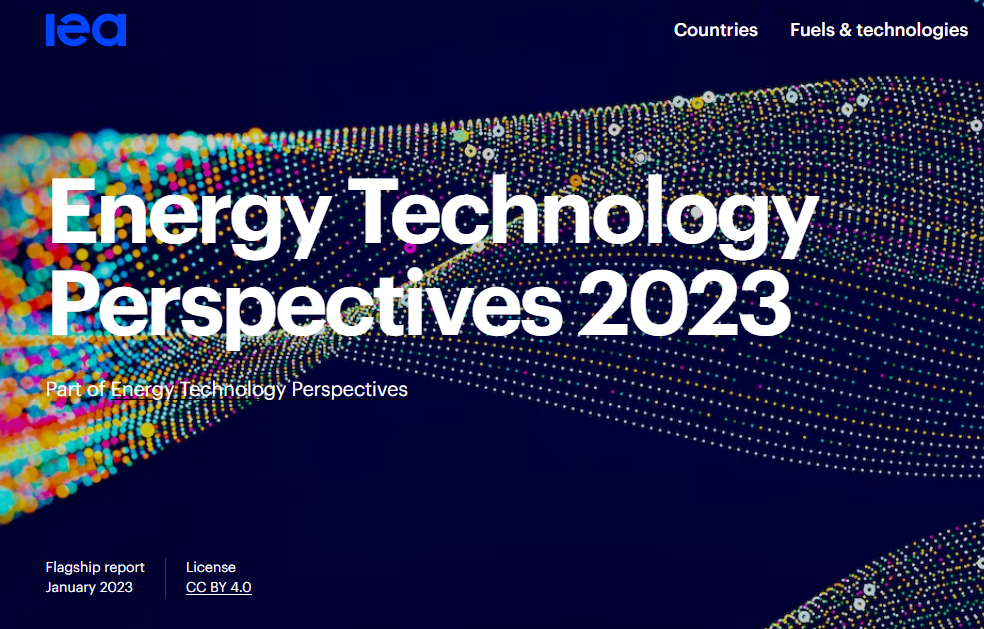In this blog post, we break down the IEA report’s implications for clean energy and technology strategy: namely, that we need to focus on an “all-of-the-above” approach to decarbonization rather than pre-selecting particular technologies, organizations, or countries to carry a disproportionate load.

Rapid Expansion of Clean Energy Projects
The Paris-based International Energy Agency (IEA)’s 2023 report detailed our global evolution into the age of clean energy technology. According to the IEA, this new industrial age will provide many economic opportunities for the countries that get their clean energy strategies right. The IEA expects rapid expansion of industrial clean energy projects, especially in those countries that are open to investment. However, in the global energy transition, we cannot have winners or losers. We cannot prioritize only those countries that are fully prepared and ready to accept massive energy investment today. Global decarbonization must be a collaborative effort.
We know the adverse environmental impact of hard-to-decarbonize industries, but we also know they have driven significant development and for the foreseeable future are necessary to power the world. Renewable energies are essential to the clean energy transition. As they continue to scale, we must prioritize the deployment of existing technologies that enable global growth and make fossil fuel use cleaner, such as the revolutionary Allam-Fedvedt Cycle and 8 Rivers’ hydrogen technology, 8RH2.
Meet the World Where It Is
All over the world, nations will seek to join this new net zero industrial revolution, and there is a real moral imperative to help everyone get there. This duty is one reason why global clean energy pioneers must bring innovative technology to all regions of the world now. We need to meet the world where it is and deploy technology-agnostic decarbonization solutions that have meaningful climate impact.
Per the IEA’s report, every country needs to identify how it can benefit from the new energy economy, which should present tremendous growth opportunities to the private sector as well as society and the environment. If countries worldwide fully implement their announced energy and climate pledges, there is a global market opportunity for the mass-manufacturing of key clean energy technologies worth around USD $650 billion by 2030. Clean energy-related jobs would also double to nearly 14 million, helping to bring more people out of poverty while supporting decarbonization and economic goals.
Time to Deliver
If we execute wisely, there will be significant infrastructure-scale clean-energy technologies rolled out globally over the next decade. However, the last three years alone have shown us the constraints, resulting from a complicated global supply chain. As infrastructure-scale clean-energy tech is deployed, we must protect against these vulnerabilities by ensuring reliability and resiliency.
In this new industrial age of clean energy technologies, there is significant economic opportunity for all, as long as we’re continuing to target problems, and not just the development of new technologies. 8 Rivers is actively deploying infrastructure-scale clean energy technologies across the globe, as we all work together to achieve our net-zero goals.
Want to learn more about we’re developing technologies to pioneer the clean energy and climate future? Get in touch with us.